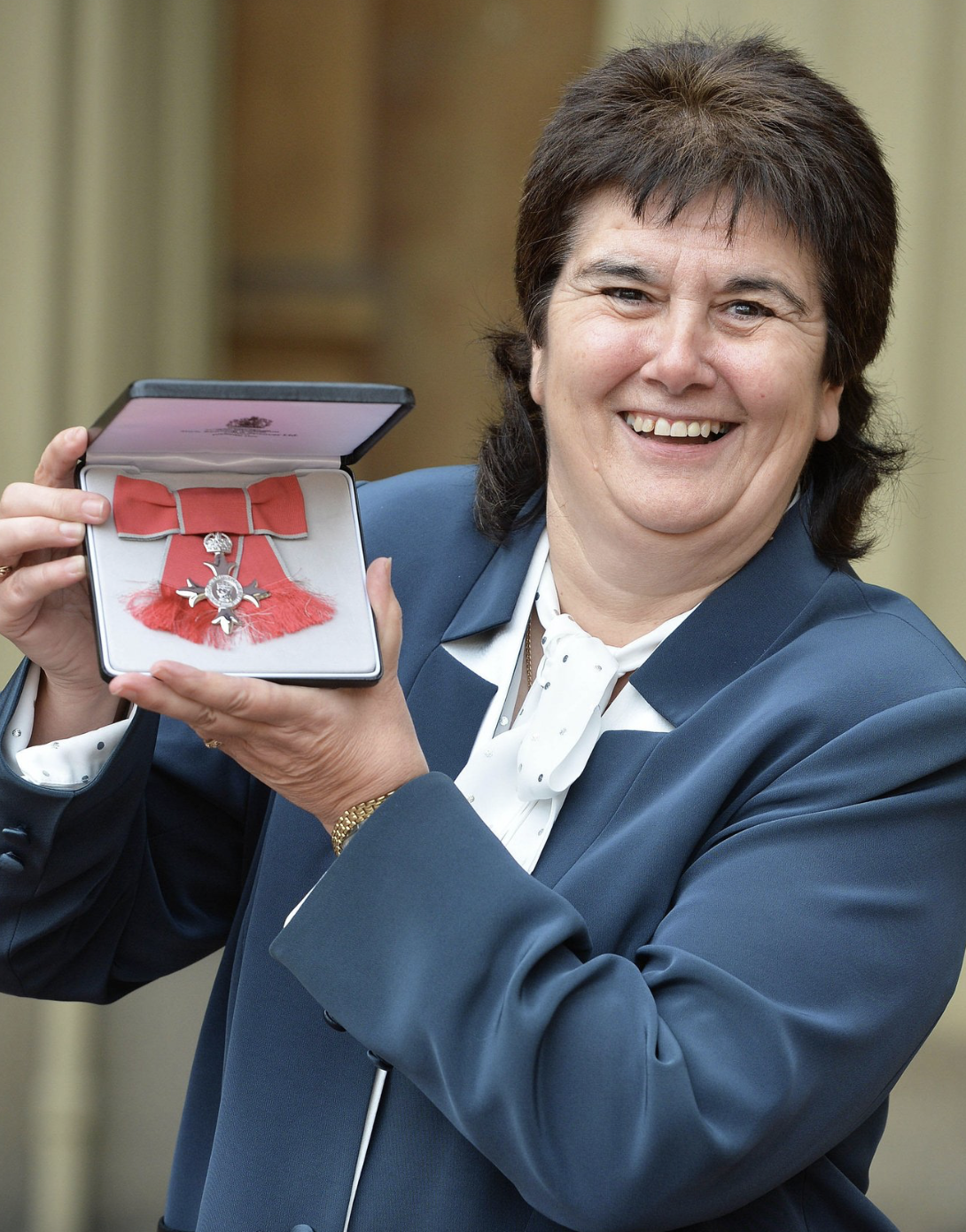In May of this year, NewCo – the organisation now overseeing the professional women’s football game in England – announced a rebrand that, it is fair to say, was not well received by fans of women’s football on social media.
However, on June 16th, their next announcement – marking what appears to be a new direction for the sport – was warmly welcomed by the community: an expansion of the Women’s Super League from 12 to 14 teams.
In what is shaping up to be a pivotal moment for the women’s game in England, the upcoming seasons will see a major restructuring of the domestic league system. Among the most notable changes is the introduction of a relegation play-off, set to debut in the 2025/26 season. This new system will see the bottom-placed team in the Barclays Women’s Super League (WSL) face off against the third-placed side from the Women’s Championship (WSL2), in a battle to determine who secures a spot in the top flight for the following campaign.
While this may seem a bit complex at first glance, the broader aim is to introduce a more dynamic and merit-based promotion and relegation structure across the women’s football pyramid. Here’s a clearer breakdown of how this transition will unfold over the next two seasons.
2025/26: The Transition Season
The 2025/26 season will serve as a bridge toward the new structure, marking the beginning of a phased expansion for the WSL. Two clubs from the Women’s Championship – the champions and the runners-up – will earn automatic promotion to the WSL. Meanwhile, the team finishing bottom of the WSL table will not be relegated outright, but instead will enter a play-off against the third-placed team from the Championship. The winner of that one-off tie will complete the 14-club WSL lineup for the 2026/27 season.
Additionally, steps will be taken to ease congestion in the lower tiers. Both the Northern and Southern division winners of the FA Women’s National League will be automatically promoted to the Championship. The runners-up from those divisions will face each other in a single play-off match, with the victor securing the final promotion place. These changes will determine the structure of the 13-team Championship moving forward.
2026/27: A New Era Begins
From the 2026/27 season onward, the WSL will officially expand to 14 clubs, while the Women’s Championship will maintain a 13-team format. Promotion and relegation will adopt a more refined structure aimed at rewarding performance and enhancing competitiveness throughout the league system.
The team finishing in 14th place in the WSL will be automatically relegated. Meanwhile, the 13th-placed WSL side will enter a play-off against the Championship’s runner-up, with the winner earning a place in the top division for the following season. This ensures that two teams each year will have the opportunity to move between the top two tiers, either through automatic movement or play-offs.
These changes mark a significant evolution in the women’s game in England, representing not only increased opportunity for clubs across the country but also a stronger, more sustainable league system designed to support long-term growth. As the sport continues to gain momentum, this restructuring lays the groundwork for an exciting and competitive new chapter.
While this is undoubtedly a welcome change, and one that has been increasingly demanded, particularly following the widely criticised proposal to scrap relegation earlier this year, which was swiftly abandoned in response to public backlash – it still raises broader questions about the overall demands being placed on players.
One such concern is the congested international calendar. The women’s game currently features seven international windows per season, compared to five in the men’s game. With high-profile players such as Katie McCabe and Millie Bright recently stepping back or opting out of international duty, it raises a fundamental question: is simply adding more football really the solution?
Of course, if the expansion of the domestic calendar were to be balanced by the removal or consolidation of one or more international breaks, the overall load might be more manageable. Nonetheless, one thing remains clear: enhancing the competitiveness of the Women’s Super League, by increasing the number of teams and raising the stakes across the table, is a step in the right direction for the growth and sustainability of the women’s game in England.



